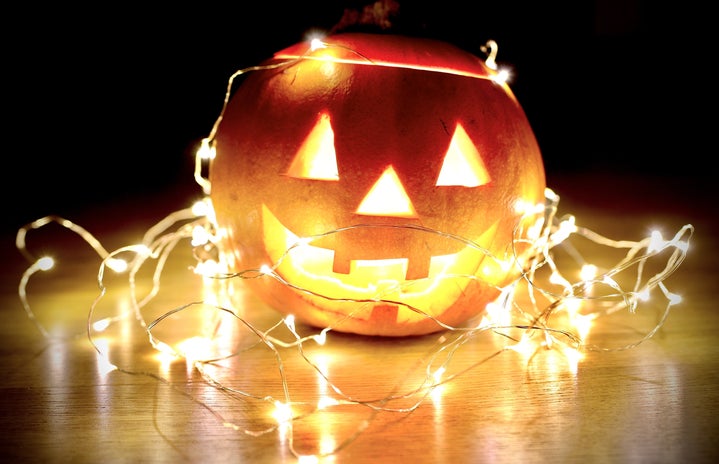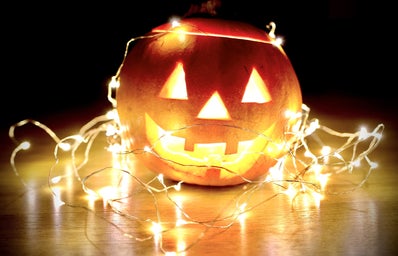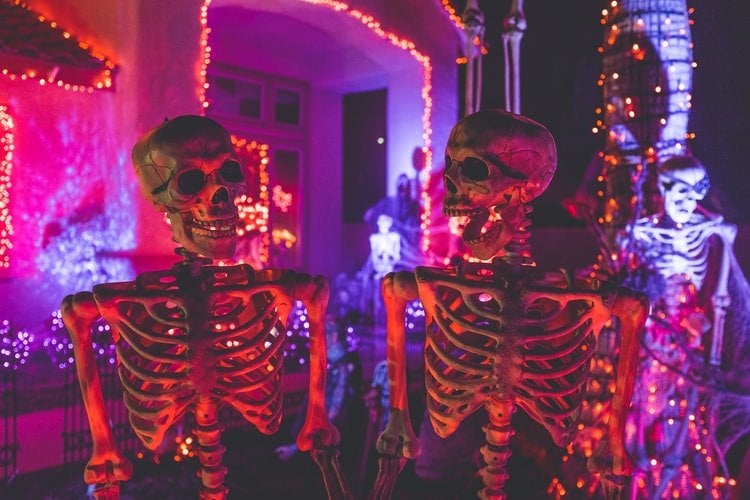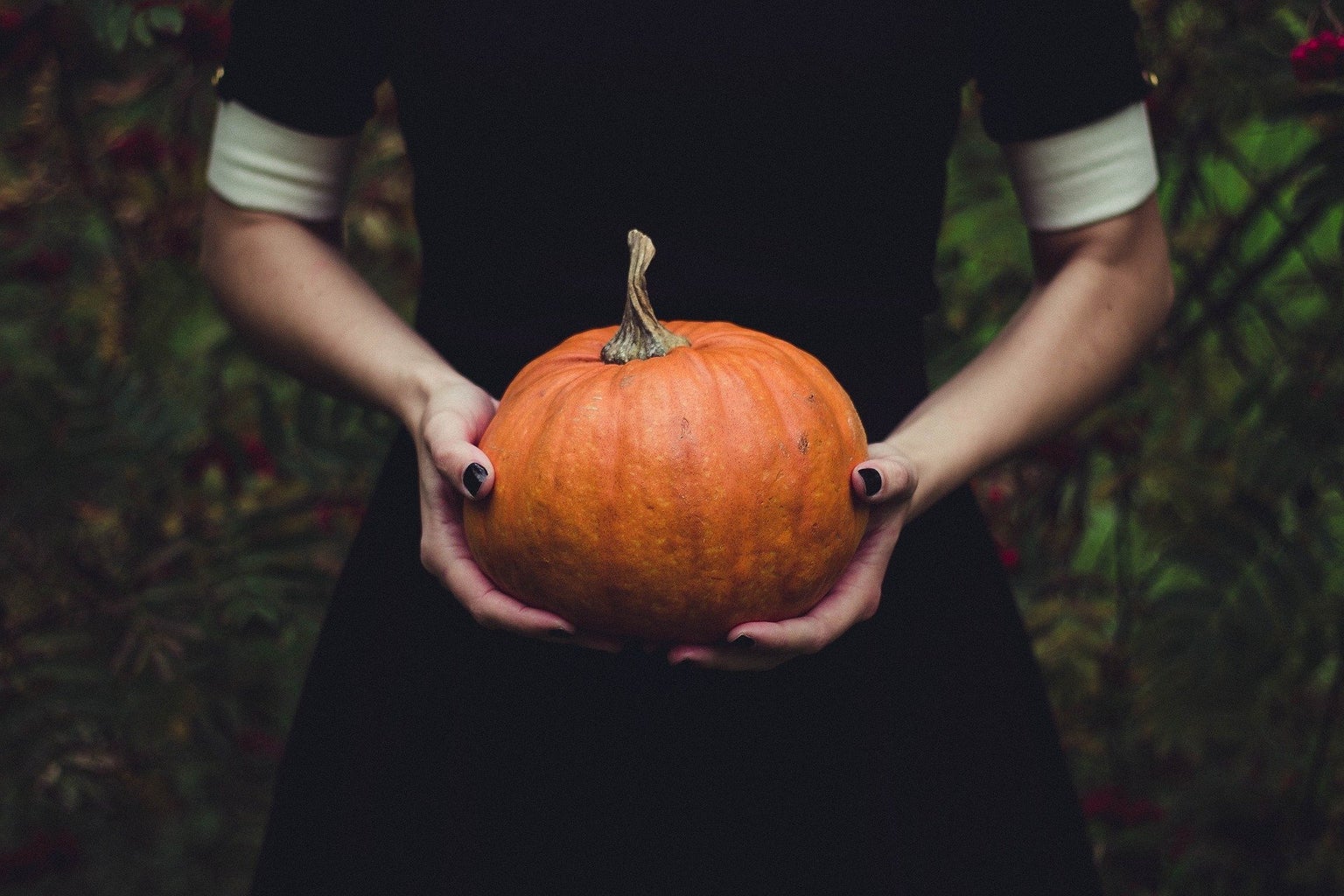There is a certain comfort in all things macabre. It is our way of explaining the unknown, allowing us to formulate an idea of what awaits us in the afterlife or what is lurking in the shadows. Every scary book or horror movie has been a result of what the audience fears in order to explain what could happen so it doesn’t seem so scary anymore. The only thing humans truly fear is the unknown, and they will do anything to create the illusion of comfort from it. Consequently, we enjoy the modern version of Halloween!
Halloween is celebrated across the globe on October 31st. It is heralded by pumpkin-carved jack-o-lanterns, an avalanche of candies, and home decor straight out of a movie, all leading to the harmonious chatter of the trick-or-treaters and the raucous celebrations of partygoers. It is a festival, beloved by many for its unique celebration of all things spooky, but where did it come from? Who started this festival? Why?
There are various theories on the origin or the traditions of this festival; only two, however, are the most popular. The first theory holds that many Halloween traditions were influenced by Celtic harvest festivals, specifically the Gaelic celebration of Samhain, which takes place on November 1st. It marks the end of the harvest season and the beginning of winter, the “darker half” of the year. Ancient Celts marked this festival as the most significant out of the year. Celebrations for the festival began on the evening of October 31st, reminiscent of the modern world, as the Celtic day began and ended at sunset. It is believed that Samhain had pagan origins and on the day of the festival, the boundary between this world and the next is blurred, making paranormal contact more likely. This belief led to the tradition of disguising oneself from the spirits so they won’t be tempted to kidnap you, thus, the modern-day costumes.
The second theory talks about the Western Christian observance of the triduum of Allhallowtide. It encompasses All Hallows’ Eve, All Saints’ Day, and All Souls’ Day. As Christianity grew in Pagan communities, the Church reframed Samhain as a Christian tradition, that is, in the 9th Century, Pope Gregory declared Allhallowtide to be celebrated on the days traditionally reserved for Samhain. All Hallows’ Eve, or Halloween, specifically is the beginning of Allhallowtide, the time of the year dedicated to remembering and honoring the dead. It heralds All Saints’ Day, or All Hallows’ Day, a Christian solemnity celebrated to honor all saints.
Later, Halloween was brought to the Americas by the Irish and the Scottish and became a time for parties thrown to celebrate the harvest. Early American celebratory traditions include People dressing in costumes, reading each other’s fortunes, and telling scary stories. This evolved into the modern day of trick-or-treating, carving pumpkins, festive gatherings, and donning costumes. One thing is for certain: whether it is Pagan, or Christian, or neither, Halloween is a beloved celebration of death and we look forward to it eagerly.




